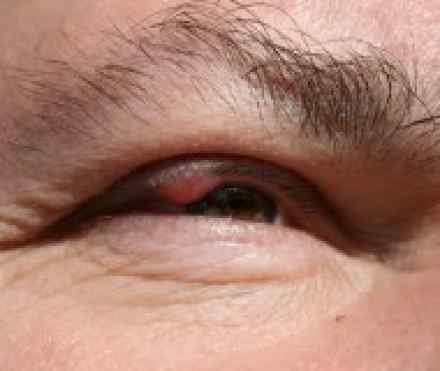
Health In The News
Learn more about your health or illness with our health video series.
Please read our policy and consent to Marketing and Preferences cookies by clicking the icon on bottom left corner to view YouTube videos
A sty (hordeolum) is a red, painful lump near the edge of your eyelid that may look like a boil or a pimple. Usually a sty is filled with pus. A sty most commonly forms on the outside of your eyelid, but sometimes a sty can form on the inner part of your eyelid.


